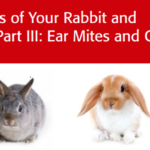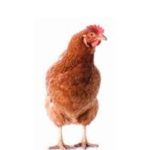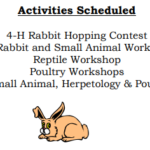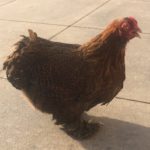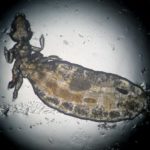Main Content
Rabbit Hemorrhagic Disease Virus (RHDV) is a highly contagious and fatal disease that affects both wild and domestic rabbits. Until 2020, it had not been known to affect any North American native rabbits, however, cases of the disease have been reported in cottontail rabbits and hares as well as in domestic rabbits in states including […]

